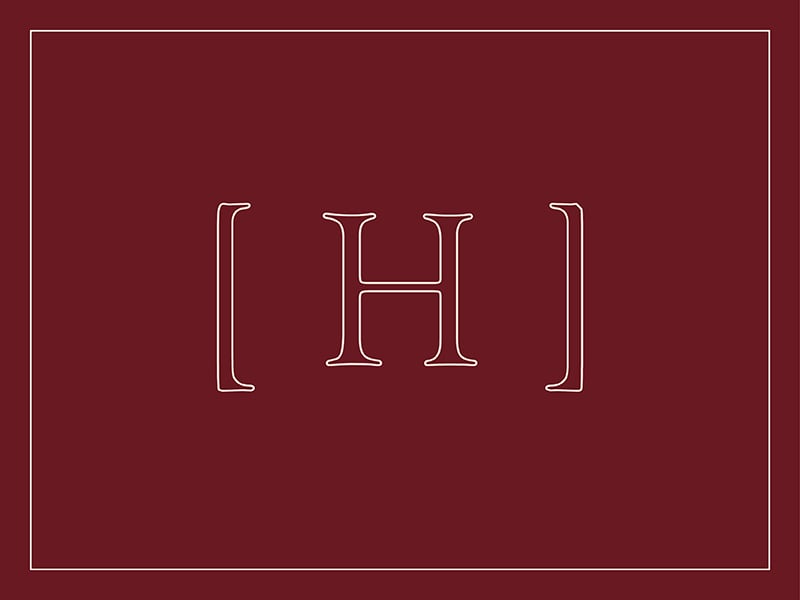Sylvia Plath was born three weeks early on October 27, 1932, and started elementary school underage, at four. She learned to swim by necessity after accidentally wading out too far in the ocean.
“Russell Lynes of Harper’s bought 3 poems (‘Doomsday,’ ‘Go Get the Goodly Squab,’ and ‘To Eva Descending the Stair’) for $100,” she wrote as a junior at Smith College in 1953. “Signifying what?” The first was published in the May 1954 issue of the magazine, and she soon after found out that she would edit the Smith Review (“the one office on campus I coveted”). “Things have been happening like a chain of firecrackers, but every brilliant explosive fact must have a legitimate cause and effect.” That year she also received a guest editorship at Mademoiselle, received electroconvulsive therapy, and attempted suicide for the first time, much of which she would recount, somewhat obscured, in The Bell Jar (1963). Plath recalled these events in 1957 while reading Virginia Woolf’s dairies: “her suicide, I felt I was reduplicating in that black summer of 1953,” she wrote. “Only I couldn’t drown. I suppose I’ll always be overvulnerable, slightly paranoid. But I’m also so damn healthy & resilient. And apple-pie happy.” Also of note to her about Woolf: “she works off her depression over rejections from Harper’s (no less!—and I can hardly believe that the Big Ones get rejected, too!) by cleaning out the kitchen.”
Plath’s poems would be published in two more issues of Harper’s before she graduated college, and in 1957 she submitted forty of her husband’s poems to a contest for which first prize was publication by Harper & Brothers. “We will publish a bookshelf of books between us before we perish!” she wrote after Ted Hughes, whom she had met while on a Fulbright scholarship at Cambridge, was awarded the prize. “And a batch of brilliant healthy children.”
Plath’s first poetry collection, The Colossus, was published three years later; one of the poems, “Mushrooms,” appeared in the July 1960 issue of Harper’s. Her second collection, Ariel, was published in 1965, two years after her death on February 11, 1963; it contained another poem, “You’re,” that had appeared in Harper’s, and the collection confirmed her reputation. The Collected Poems, which contained all of the poems she had had published in Harper’s, was published in 1981, and received the Pulitzer Prize. Plath was buried in West Yorkshire, where Hughes’s parents were also buried. Since her interment, vandals have scratched Hughes’s name off her tombstone at least three times; the full tombstone has been removed and reengraved after each.



















































































































